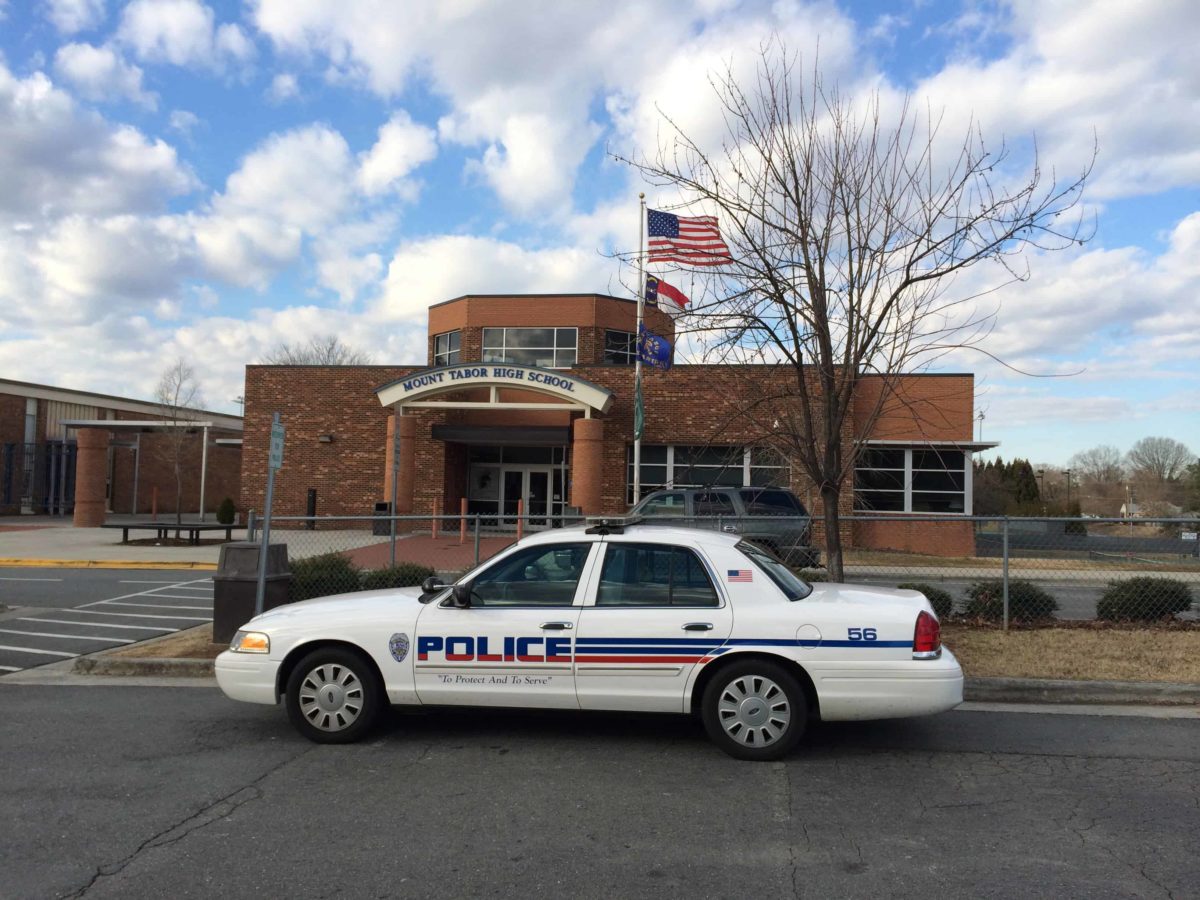

When we talk about narrowing the achievement gap in our nation’s schools, we often talk about things like poverty and race, but we infrequently drill down on some of the school processes that can contribute to inequity in education.
Suspension is one of those. Schools use suspension as a way of dealing with behavioral issues that they may feel ill equipped to address otherwise, but the unintended consequences can be severe. A new analysis out from the UCLA Civil Rights Project highlights some of those consequences.
The analysis is called Are We Closing the School Discipline Gap?, and it looks at federal data for elementary and secondary schools to calculate suspension rates for every district in the nation. Nationwide, 3.5 million students were suspended in 2011-12, and the analysis estimates that 18 million days of instruction were lost as a result.
The highest rates for both elementary and secondary school suspensions were in Florida, which suspended 5.1 percent of elementary students and 19 percent of secondary school students in the 2011-12 school year. By comparison, North Carolina suspended 3.5 percent of elementary students and 13 percent of secondary students.
The analysis also looked at suspension by race and disability. It found that Missouri has the largest gap by percentage points between suspension of black and white students in elementary schools and Wisconsin has the largest gap in secondary schools. For example, in 2011-12, Missouri suspended 14.3 percent of black students in elementary school. It only suspended 1.8 percent of white students.
In North Carolina, 6 percent of American Indian and 7.8 percent of black elementary students were suspended. The black/white gap for elementary schools in North Carolina is 5.9 percentage points.
Tying South Dakota and Rhode Island, North Carolina has the highest suspension rate for American Indian secondary students in the nation at 21 percent. The report asks, “Why does North Carolina suspend American Indian secondary students at such high rates?”
In secondary schools, the suspension rate for black students in North Carolina is 25 percent and the rate for students with disabilities is 23 percent. The black/white gap for secondary schools in North Carolina is 16 percentage points.
Compared to data in 2009-10, several districts in North Carolina improved suspension rates considerably. The suspension rate in Pasquotank County Schools fell from 21.10 percent to 4.21 percent, Beaufort County Schools fell from 28.97 percent to 0.62 percent, and Iredell-Statesville Schools fell from 40.11 percent to 9.57 percent.
The report notes that in North Carolina “students are suspended most often for minor nonviolent violations of school codes of conduct, not unlawful or dangerous behavior.”


